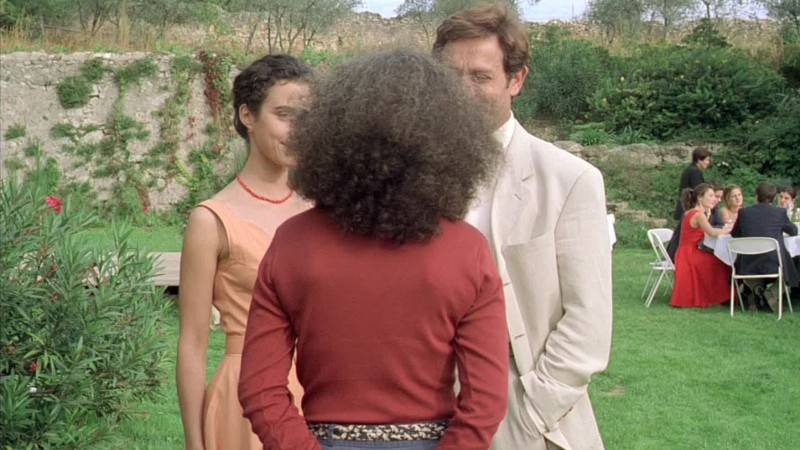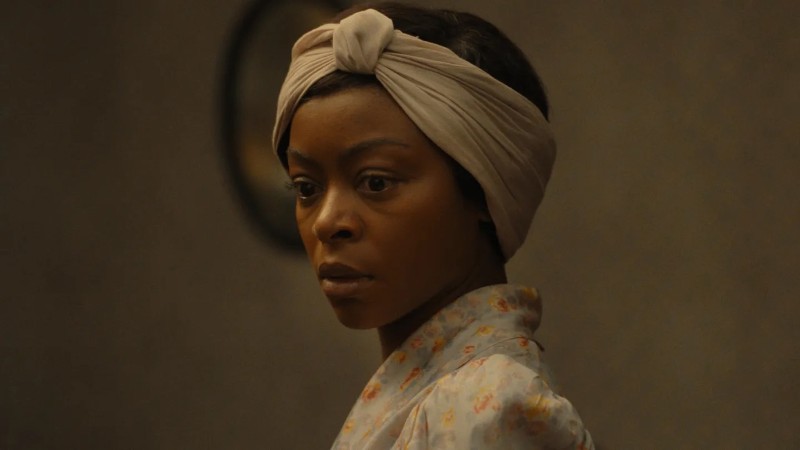Parallel Orders

Variety’s Patrick Frater broke two of the week’s biggest stories, one of them terribly sad, the other far brighter. Writer and director Pema Tseden, a pioneer of the Tibetan New Wave, suffered a heart attack and died on Monday. He was only fifty-three. As critic and curator Shelly Kraicer wrote on Twitter, Tseden’s films, “always meticulously framed and carefully modulated, spoke powerful truths with the gentlest of voices.”
- Lumière contributing editors Francisco Algarín Navarro and Carlos Saldaña have programmed a three-part series screening tomorrow and Sunday at the Museum of the Moving Image and Anthology Film Archives. Colección Privada: The Super-8 and 16mm Scene in Spain will introduce New Yorkers to analog works created by intermingling communities based in Madrid, Barcelona, Coruña, and San Sebastián. Lucía Salas, one of the contributors to Lumière’s robust dossier on the series, notes at Ultra Dogme that “Spain appears as a fiction” in many of these films, all of which take part in “a common project of creating a land only for the senses.”
- The Museum of Modern Art is presenting The Experimental Narratives of Warren Sonbert through next Friday. “He may have debuted as a diarist,” writes Thomas Beard at 4Columns, “but he soon became something else entirely: a practitioner of one of the most distinctive forms of montage the medium has yet produced.” Two of Sonbert’s “signal influences” were Douglas Sirk and Alfred Hitchcock. “From the former he learned the potential of mise-en-scène,” writes Beard, and through “the latter he understood how a movie’s structure might implicate the viewer in the order of its moral universe, as well as suspense, since one of the most thrilling qualities of a Sonbert film is never knowing where, from moment to moment, we’ll next land.”
- The Metrograph series Identification Marks: The Films of Jerzy Skolimowski is on through the end of the month, and the Journal is running a fun conversation between cinematographer Sean Price Williams—whose directorial debut, The Sweet East, will premiere at the Directors’ Fortnight next week—and the EO director and his wife, writer and producer Ewa Piaskowska. Topics include jazz, literary adaptations, Vincent Gallo (an amusing passage), reuniting with Roman Polanski, and of course, working with cinematographers. “Well,” says Skolimowski, “if they’re open and wise enough to admit that they’re capable of making mistakes, then there is a dialogue between us.”
- Cyril Schäublin’s “visual style, devised with cinematographer Silvan Hillmann, has no precedent and is unlikely to inspire imitators, so singular is its compositional oddity,” writes James Quandt in Artforum. In Unrest, set in the 1870s, Russian revolutionary Pyotr Kropotkin spends a few days with anarchist watchmakers in a picturesque town in the Swiss mountains. “I think precision and insanity are really close somehow,” Schäublin tells Nicolas Rapold at Screen Slate. “And I don't think anarchism is about disorder. I think it's about creating parallel or new orders.”
- We’re now ten days into the standoff between the Writers Guild of America and the streamers and studios, and many on both sides suspect that this strike could go on for some time. “The bosses won’t immediately be replacing us all with AI,” writes James Schamus, a member of the WGA negotiating committee, “but they have every intention to use it to place us deeper and deeper in indentured servitude.” A. S. Hamrah notes that “the history of computer-generated imagery since the 1990s proves that the studios are comfortable with, shall we say, awkward digital effects that lessen the quality of their products.” But Blacklist founder Franklin Leonard points to a study proving that movies made from compelling, well-written screenplays make more money—a lot more—than those that aren’t: “You start with a good screenplay—and talented people around that screenplay who are going to go the extra mile for it—and you end up not only with the great cinema we all love, but also really good financial results.”



